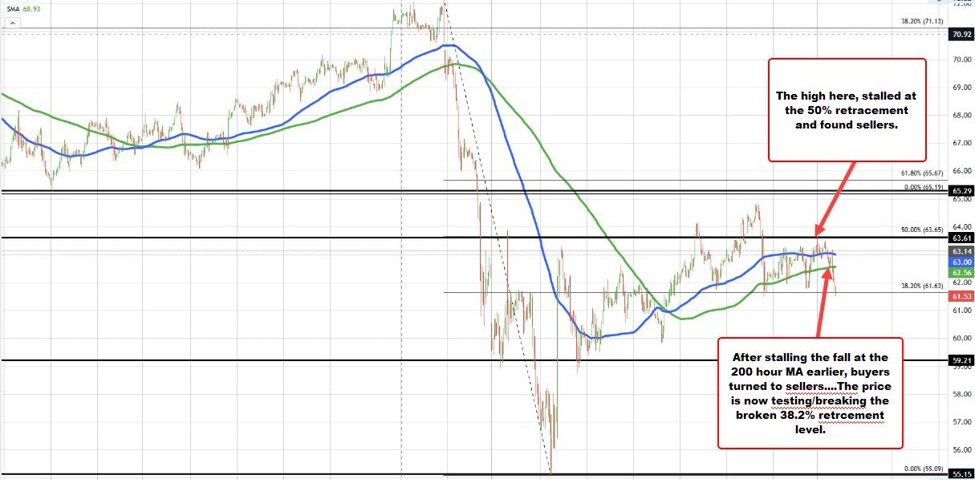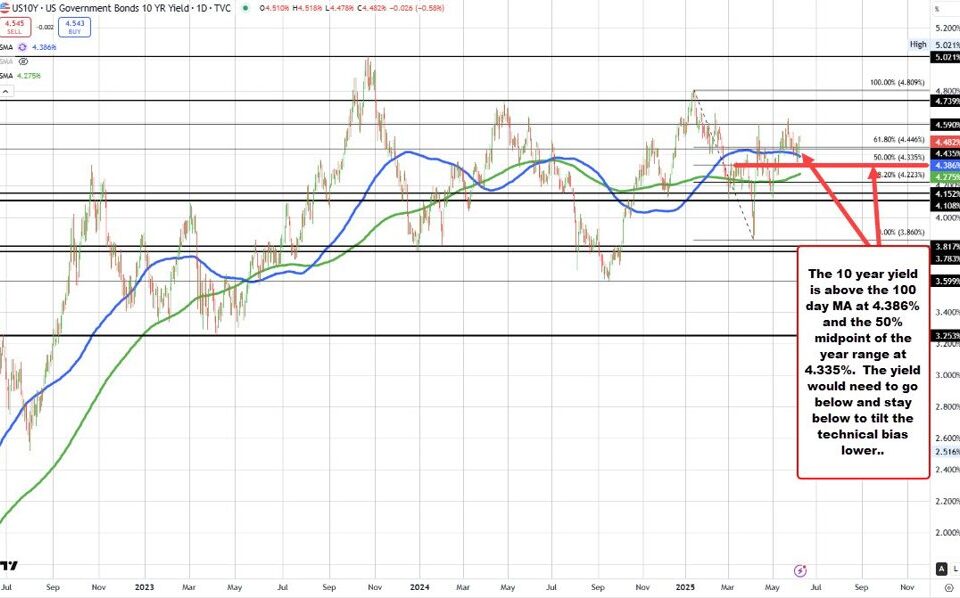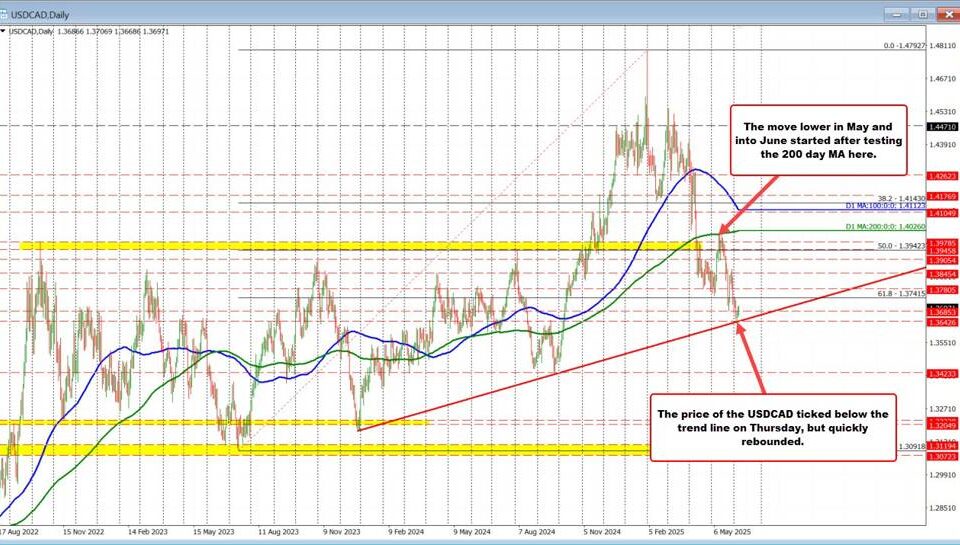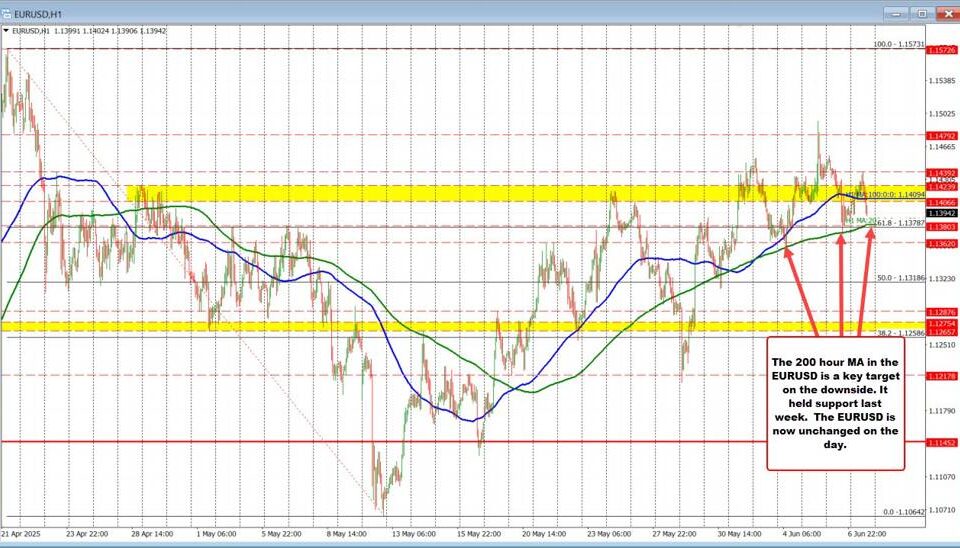
Plug Power (PLUG) Stock Soars 40%: Strategic Financial Moves Fuel Investor Confidence
Tháng 4 28, 2025
Wealthy Consumers Uncovered: Spending Trends and Insights for Businesses
Tháng 4 28, 2025Crude Oil Prices Plunge: Analyzing the Current Market Dynamics
In a surprising turn of events, crude oil prices have recently dropped to new lows, sinking below both the 100-hour and 200-hour moving averages. This significant decline is part of a larger trend observed throughout 2025, resulting from a combination of factors that are profoundly impacting the global oil market. In this article, we dissect the elements contributing to this decline, offering a comprehensive look at the current state of crude oil prices.
Increasing Supply: OPEC+ Intervention
One of the primary drivers behind the fall in crude oil prices is the recent decision by OPEC+ to increase production levels. Initially anticipated to unfold gradually, this production escalation was unexpectedly accelerated in April. By ramping up oil output, OPEC+ aims to meet rising global demand; however, this strategy has inadvertently led to an oversupply in the market. As more crude oil floods the market, prices naturally decline, resulting in significant pressures for oil-exporting countries, which rely heavily on stable prices for revenue.
The decision to boost production has not only destabilized market confidence but has also provoked reactions from various stakeholders within the oil sector. While some countries within the OPEC+ group may benefit from increased output, others that are already struggling with economic dependencies on oil may find their fiscal health jeopardized by falling prices. Understanding the market dynamics can be further informed by insights into broader economic contexts, such as those discussed in this blog post.
Declining Demand Amid Economic Uncertainty
In addition to the supply increase, global economic trends are contributing to the declining demand for crude oil. Economic indicators suggest a slowing of global activity, prompting the International Monetary Fund (IMF) to warn of a 30% risk of recession. This economic apprehension leads to reduced industrial activity and consequently less demand for oil. The interconnectedness of global economies means that weakness in one region can have downstream effects, further diminishing oil consumption worldwide.
Businesses and consumers alike are adjusting their strategies amidst rising inflation and potential economic downturns, resulting in decreased consumption of fossil fuels. Whether it is a shift towards alternative energy sources or simple reductions in travel and production, the ramifications of a slowing economy cannot be ignored. As highlighted in our analysis of economic trends that impact oil prices, understanding currency movements can significantly aid in comprehending overall demand fluctuations. For instance, insights can be drawn from this examination of the EUR/USD currency pair.
Market Forecasts: Expectation of Continued Decline
Looking ahead, various analysts have weighed in on the future of crude oil prices. Trading Economics has projected that crude oil could potentially trade at $64.15 USD per barrel by the end of the quarter. This projection reflects ongoing downward trajectories in prices, driven by the prevailing imbalance between supply and demand. The importance of monitoring these trends cannot be overstated, especially for investors and stakeholders within the crude oil sector.
The convergence of increased supply from OPEC+ and declining demand due to global economic warnings illustrates the complexity of the crude oil market in 2025. As prices continue to struggle, oil-exporting nations must navigate the challenges posed by reduced revenues, prompting the need for adaptive strategies to combat the economic fallout. Stakeholders in the oil industry should remain vigilant, as shifts in market dynamics continue to unfold.
In conclusion, the reduction in crude oil prices signifies a pivotal moment for the industry, necessitating careful observation of both global economic indicators and OPEC+ production strategies. As the landscape evolves, understanding these factors will be critical for predicting future trends and making informed decisions in the market. For more detailed perspectives on global economic engagement, especially between the U.S. and China, consider reading about China’s strategic moves.




